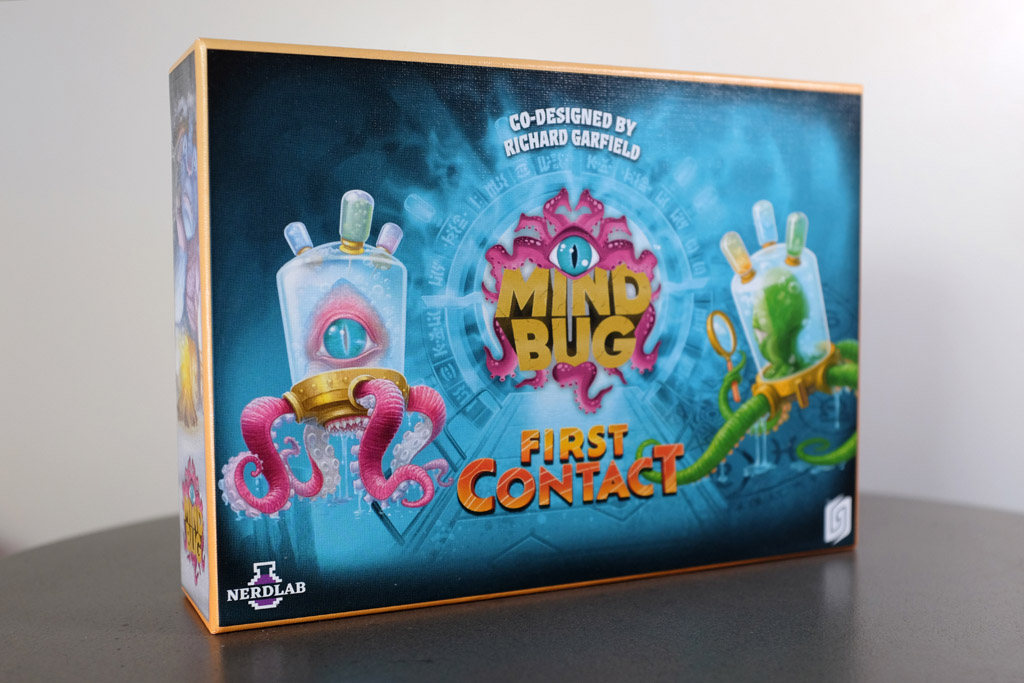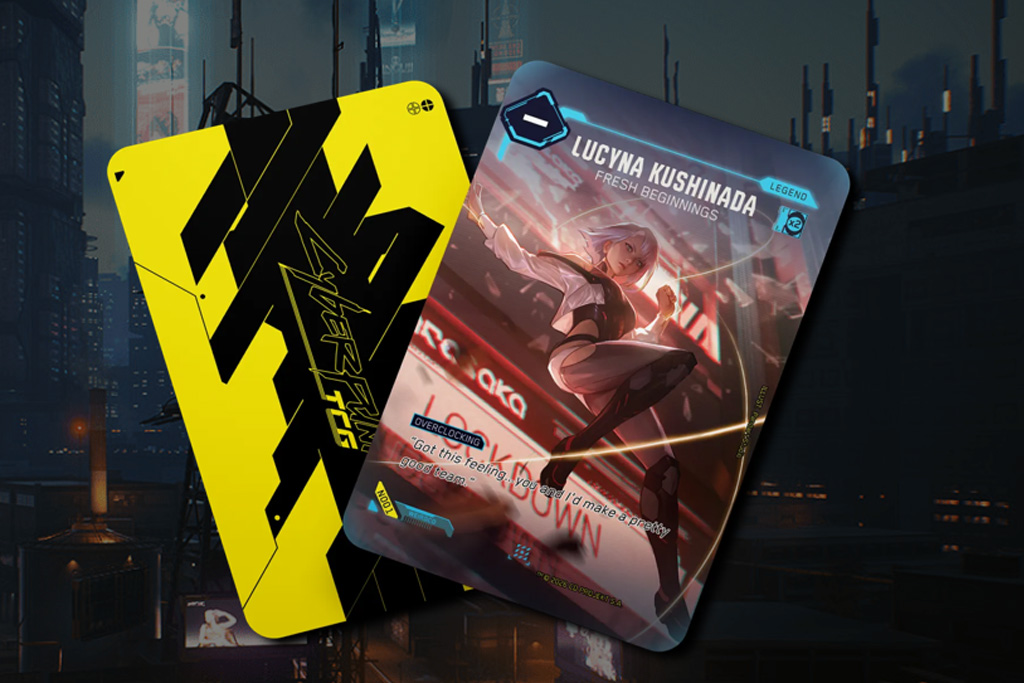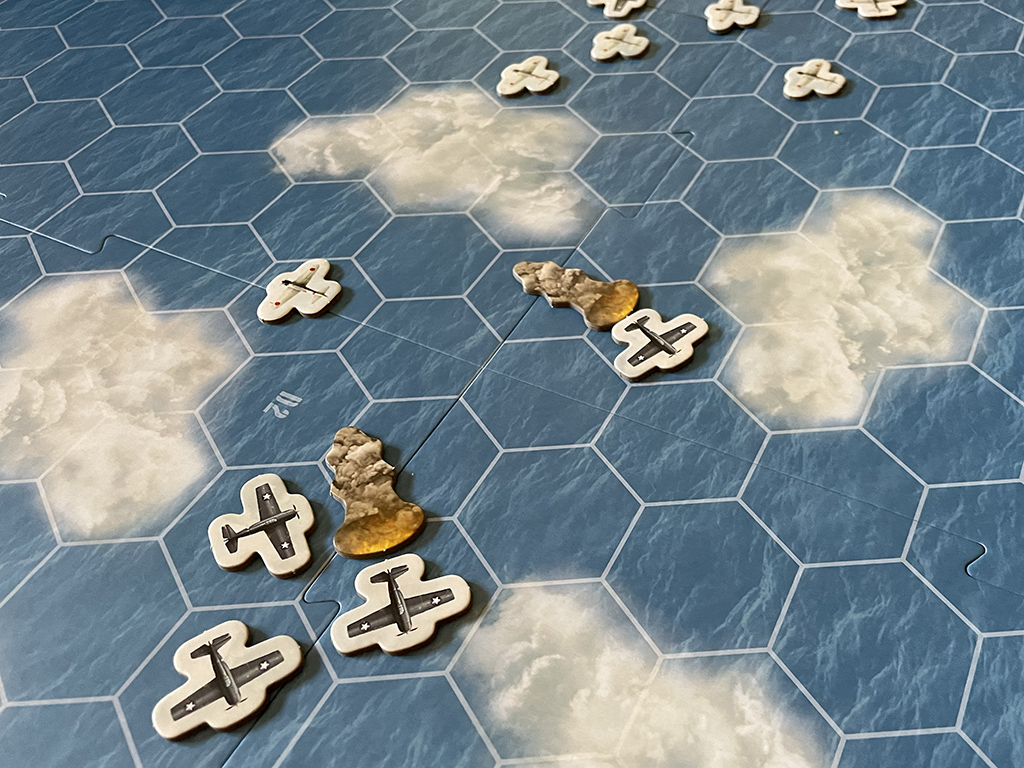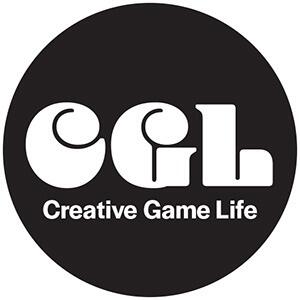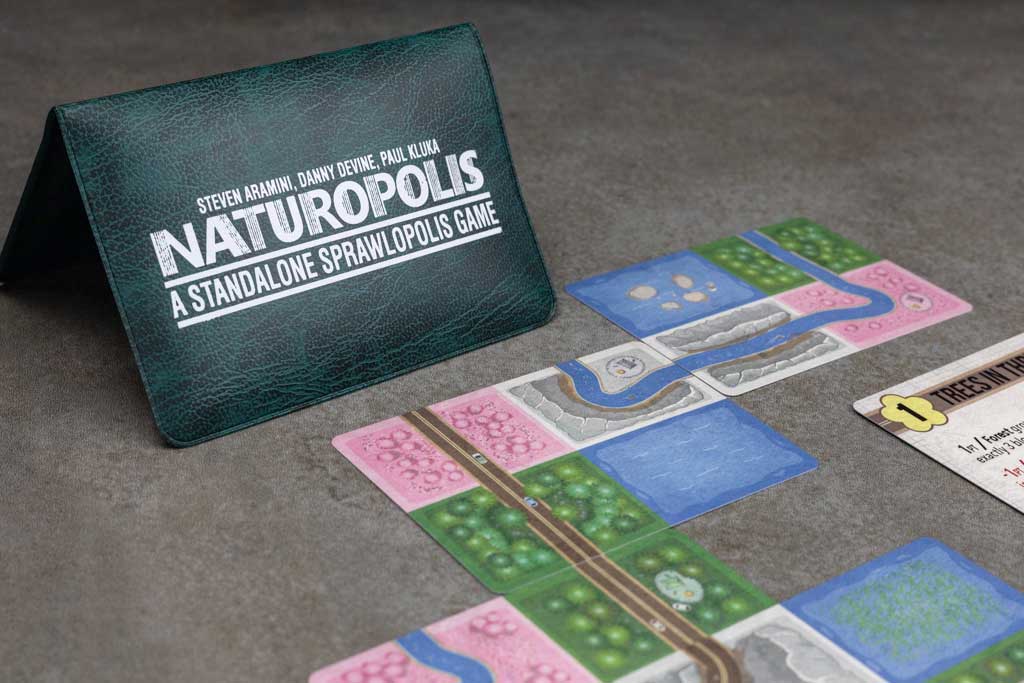
Naturopolis by Button Shy Games
During their turn, players add a card to the evolving landscape tableau from their hand. The card can be presented face up, face down, or discarded entirely. If played face up, it becomes part of the living, breathing landscape and factors into the endgame scoring. Conversely, a face-down card, shrouded in secrecy from fellow players, won’t carry any scoring weight once the game concludes. Opting for the discard route grants the player a fresh card from the deck.
Beautiful and Complex Planning
Naturopolis plays like Sprawlopolis but with an added layer of complexity. Sprawlopolis has roads and zones; Naturopolis has roads, rivers, campsites, and zones. Making decision requires running through all possible permutation in the head before finding the most optimal placement. The increase of components and rules makes Naturopolis a great game for those who love a good challenge.
Despite its quick-to-learn nature, Naturopolis demands players grapple with mastering its subtle strategic complexities. There is at least one road or one river per card. Players lose points per road, thereby one of the objectives is to connect as many roads together as possible to avoid losing points. As a rule, rivers and roads cannot be connected. The challenge is elevated due as placement options become limited.
Naturopolis concludes once all 18 cards have been brought into play. The participants then tally their points based on the scoring protocol revealed in the game’s early moments. The highest scorer earns the victory laurels.
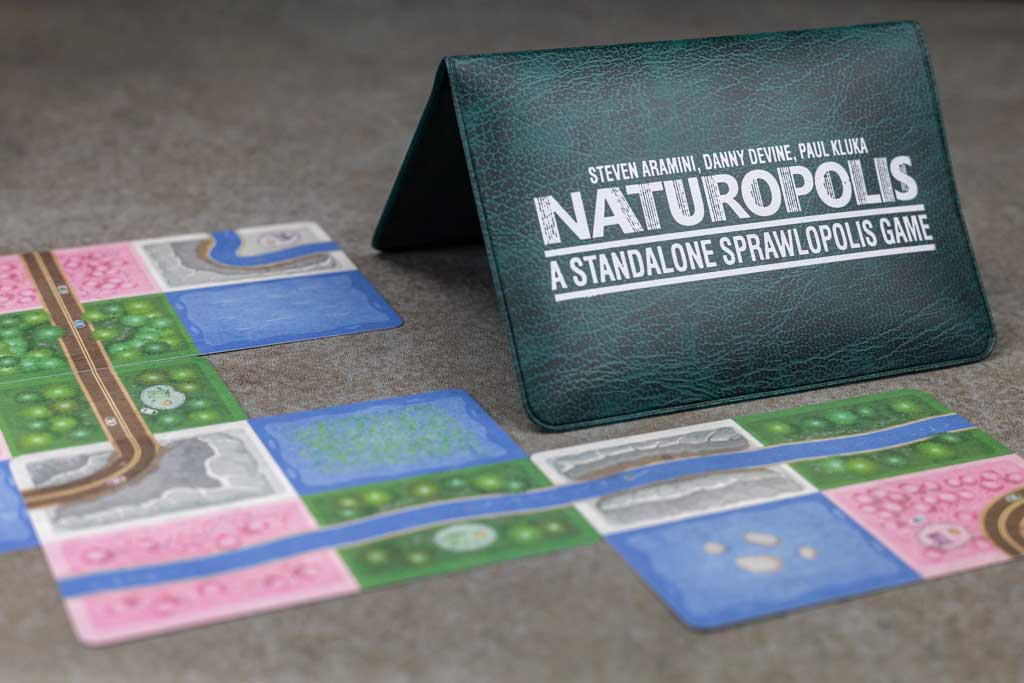
Naturopolis Final Thoughts
This game was challenging. More challenging than Sprawlopolis and potentially a bit less fun due to the challenging scoring. There are many tough decisions to make throughout the game, like grouping campsites for the condition points may create extra disconnected roads that will deduct points. Players have to evaluate all possibilities with consideration of a few future moves to determine which placement will yield the most points. The visual tableau offers beautiful and complementary colors on landscape cards. If you’re in search of a pocket-sized card game that delivers a rewarding blend of challenge and strategy, casting your eyes towards Naturopolis could be a journey worth undertaking.
Age range:8+
Number of players: 1-4
Components: 18 cards, scoresheet, rulebook
MSRP: $12
Designed by Steven Aramini, Danny Devine, Paul Kluka
Art by Danny Devine and Marty Cobb
